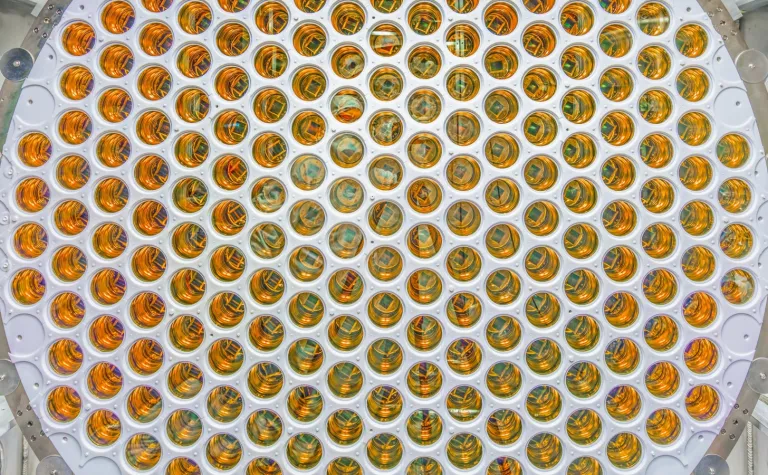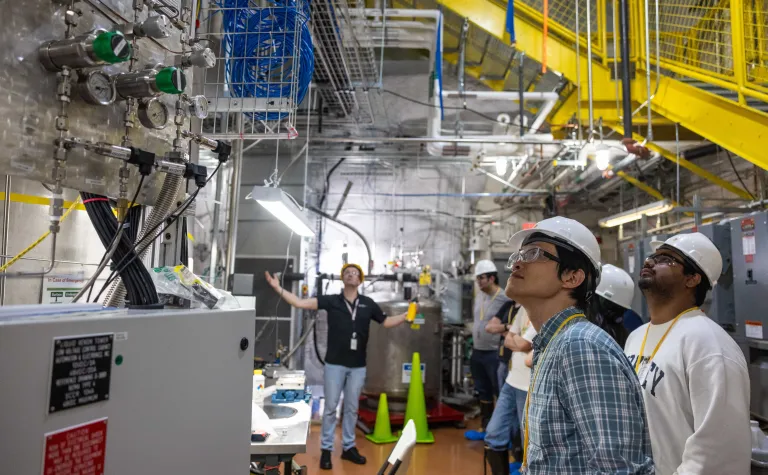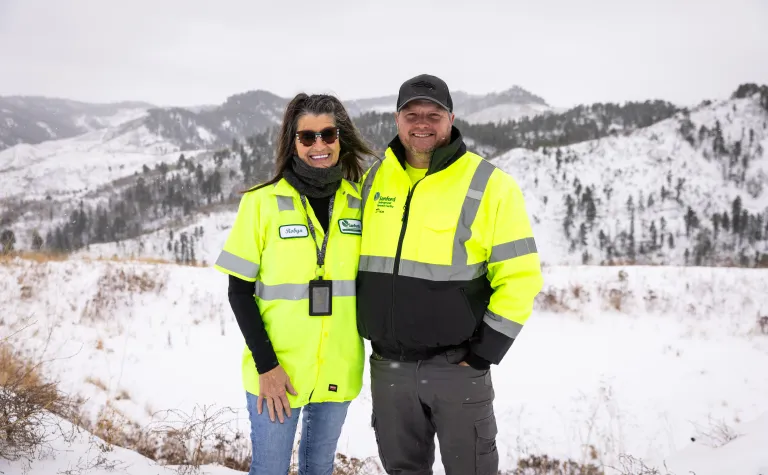Life Underground
By discovering how organisms survive in extreme conditions, researchers are working to build new fuel sources, develop new antibiotics and understand potential life on other planets.
Extreme life
Believe it or not, nearly a mile underground, life thrives. The Sanford Lab underground is teeming with microscopic life—more than 9,000 microorganisms live in rocks, soil, water and even wood. These organisms live in communities called biofilms inside the rock and water that accumulates underground.
Most organisms can’t live in such extreme conditions, yet communities of biofilms flourish in thermal pools at Yellowstone, polar ice caps, deep sea ocean vents and Sanford Lab. That’s why we call them extremophiles.
Scientists want to know more about how they survive. For example, what do they eat? How do they breathe? How do they live?
Extreme conditions
Biologists studying extremophiles ask questions about the conditions of life, the extent of life and—ultimately—the rules of life. Researchers take full advantage of Sanford Lab’s vast underground footprint by gathering samples from a number of levels and areas with different temperatures, chemical properties and geologic mineralogies.
In Sanford Lab's unique ecosystems, researchers have discovered extremophiles that have evolved to survive by consuming methane. Other microbes generate their own electricity with bioelectrochemical systems. Still others are being studied to understand how life could survive on other planets with similar stressors, like extreme heat, temperature, pressure, radiation and lack of sunlight.
Practical uses
Understanding the strange evolutionary pathways these extremophiles use to survive in seemingly desolate conditions could help researchers better understand the climate, create new antibiotics and even harness clean energy.
By examining methane-consuming microbes, scientists can better understand how methane generated under such places as Yellowstone National Park and other geothermal environments and fossil fuel beds impacts our climate. Other groups are focusing on such engineering applications as improvements to biofuel production. Researchers are also looking for ways to use microbes to convert solid waste into biofuels and bacteria into antibiotics.
Research groups have published their findings about microbial genomes and single-cell genomics in high-profile science magazines.
Testing space equipment
Many groups take advantage of Sanford Lab's subterranean levels to learn more about microbial life in extreme environments. The NASA Astrobiology Institute led an effort to test the prototype of a laser scanner that will hitch a ride to Mars in 2020. The Scanning Habitable Environments with Raman & Luminescence for Organics and Chemicals mechanism, or SHERLOC is a sort of mechanical detective that will search for organic molecules, potential biosignatures and minerals on Mars using an ultraviolet laser.
The underground at Sanford Lab is ideal for such research because it has “well-characterized geology and access to several levels, allowing 3-D windows into the subsurface.” said Greg Wanger, an assistant professor at the University of Southern California.


